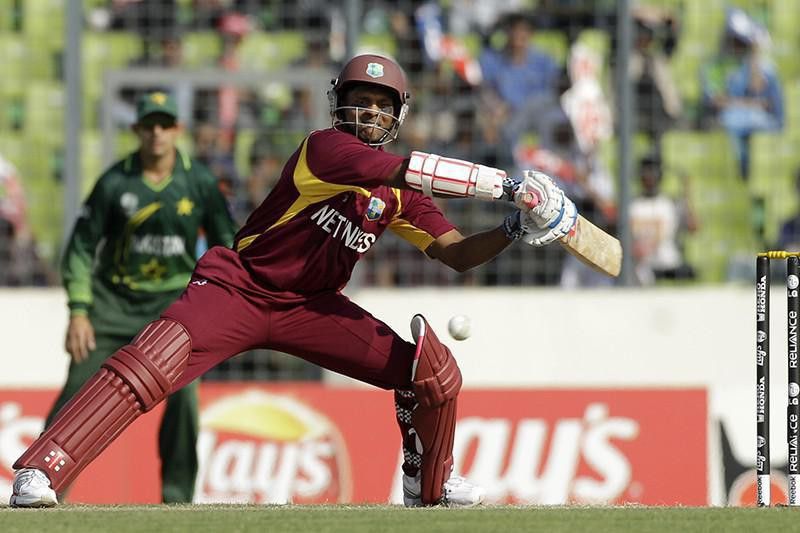Introduction
Cricket, the gentleman’s game, has seen its fair share of legendary players who have made a lasting impact on the sport. However, there are many cricketers who, despite their impressive performances, have flown under the radar and remain underrated. In this article, we’ll explore the top 10 most underrated cricketers of all time, highlighting their achievements and contributions to the game.
- George Headley (West Indies)
George Headley, a West Indian batsman, was known for his incredible technique and consistency. With a career average of 60.83, Headley is one of the greatest batsmen in cricket history, yet he remains largely underrated.
- Bill O’Reilly (Australia)
Bill O’Reilly, an Australian leg-spinner, is widely regarded as one of the greatest bowlers in cricket history. With 144 wickets in just 27 Tests, O’Reilly’s career was cut short due to World War II, making him an underrated legend.
- Clarrie Grimmett (Australia)
Clarrie Grimmett, an Australian leg-spinner, took 216 wickets in just 37 Tests, making him one of the most successful bowlers in cricket history. Despite his impressive record, Grimmett remains underrated.
- Vinoo Mankad (India)
Vinoo Mankad, an Indian all-rounder, was a dominant force in Indian cricket during the 1940s and 1950s. With 2,109 runs and 162 wickets in just 44 Tests, Mankad’s contributions to Indian cricket are often overlooked.
- Eddie Paynter (England)
Eddie Paynter, an English batsman, was a key member of the English team during the 1930s. With 1,540 runs in just 20 Tests, Paynter’s career was cut short due to injury, making him an underrated legend.
- Bruce Mitchell (South Africa)
Bruce Mitchell, a South African batsman, was a dominant force in South African cricket during the 1920s and 1930s. With 3,471 runs in just 42 Tests, Mitchell’s contributions to South African cricket are often forgotten.
- Les Jackson (England)
Les Jackson, an English fast bowler, took 174 wickets in just 20 Tests, making him one of the most successful fast bowlers in cricket history. Despite his impressive record, Jackson remains underrated.
- Vijay Hazare (India)
Vijay Hazare, an Indian batsman, was a dominant force in Indian cricket during the 1940s and 1950s. With 2,192 runs in just 30 Tests, Hazare’s contributions to Indian cricket are often overlooked.
- Cec Parkin (England)
Cec Parkin, an English fast bowler, took 106 wickets in just 15 Tests, making him one of the most successful fast bowlers in cricket history. Despite his impressive record, Parkin remains underrated.
- Bert Sutcliffe (New Zealand)
Bert Sutcliffe, a New Zealand batsman, was a dominant force in New Zealand cricket during the 1940s and 1950s. With 2,727 runs in just 42 Tests, Sutcliffe’s contributions to New Zealand cricket are often forgotten.
Conclusion
These 10 cricketers have made significant contributions to the game, yet remain underrated. Their achievements and contributions to cricket history are a testament to their skill and dedication. By recognizing their achievements, we can appreciate the rich history of cricket and the many talented players who have shaped the game.
